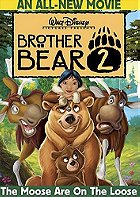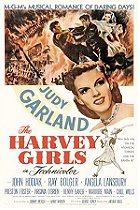Backyard musical number two from Mickey and Judy, Strike Up the Band is bigger than Babes in Arms but not necessarily better. Make no mistake, this is a hugely entertaining affair with some delightful set pieces and a fun group of supporting players, but a certain sense of proportion starts to weigh the film down. The expediency of Babes in Arms is sorely missed as Strike Up the Band loses energy the longer it goes on.
This one finds the wholesome twosome starting a high school band, entering a competition to meet a big-time band leader, but oh no, one of their classmates falls sick and needs an emergency procedure. Will these kids find a way to both save their friend and make it to Chicago for the big competition? If there was ever any doubt about the happily ever after outcome, then you must be new to these movies. I envy you; you’re getting to experience the joyful noise and megawatt energy of these two overachievers demonstrating the full range of their talents.
The major problems with Strike Up the Band is not knowing when to edit and limit excesses. This sounds like a strange criticism of a musical, especially an MGM musical right on the cusp of the genre’s strongest run of films and stars, but some of the best musicals know when to scale it back. For instance, June Preisser’s role as romantic and artistic rival for Garland was much better in Babes in Arms. In that film her presence was a logical extension of the plot, but she feels shoehorned in here as though what worked prior was simply replicated without thought put into the ‘why’ of it.
A similar thing happens with the backyard musical within the film, “Nell from New Rochelle.” It’s fun to watch Garland, Rooney, and William Tracy ham it up in a vaudevillian morality play, but it just keeps dragging on long after the cutesy charms have worn off. I am impressed that a group of high school students were able to cobble this together. It’s improbable even by the already improbable standards of a movie from the Dream Factory.
Let’s focus on the good now. “Do the La Conga” is enthralling and energetic as Mickey and Judy perform an exaggerated version of the dance. There’s also the stop-motion fruit orchestra of “Our Love Affair” that’s as strange as it is enchanting. “Drummer Boy” finds Rooney displaying his talents for drumming and playing the xylophone. Then there’s the outrageous finale of “Strike Up the Band” that drops any pretense of reality, no matter how feeble, and goes full-scale musical fantasy world.
It’s in these various moments that Strike Up the Band engages the audience as thoroughly as possible. These kids come to represent America’s can-do spirit, as mythical as nearly anything else in the film, and provided a balm for a scarred national psyche as Pearl Harbor and World War II were right around the corner and the Depression slowly unwinding. It’s a ball to spend time in the fantasy world where enough gumption can launch a pair of teenagers into big production numbers and fame. Of course, it doesn’t hurt if you’re Judy Garland and Mickey Rooney.
 Login
Login
 Home
Home 95 Lists
95 Lists 1531 Reviews
1531 Reviews Collections
Collections
 0 comments,
0 comments, 







